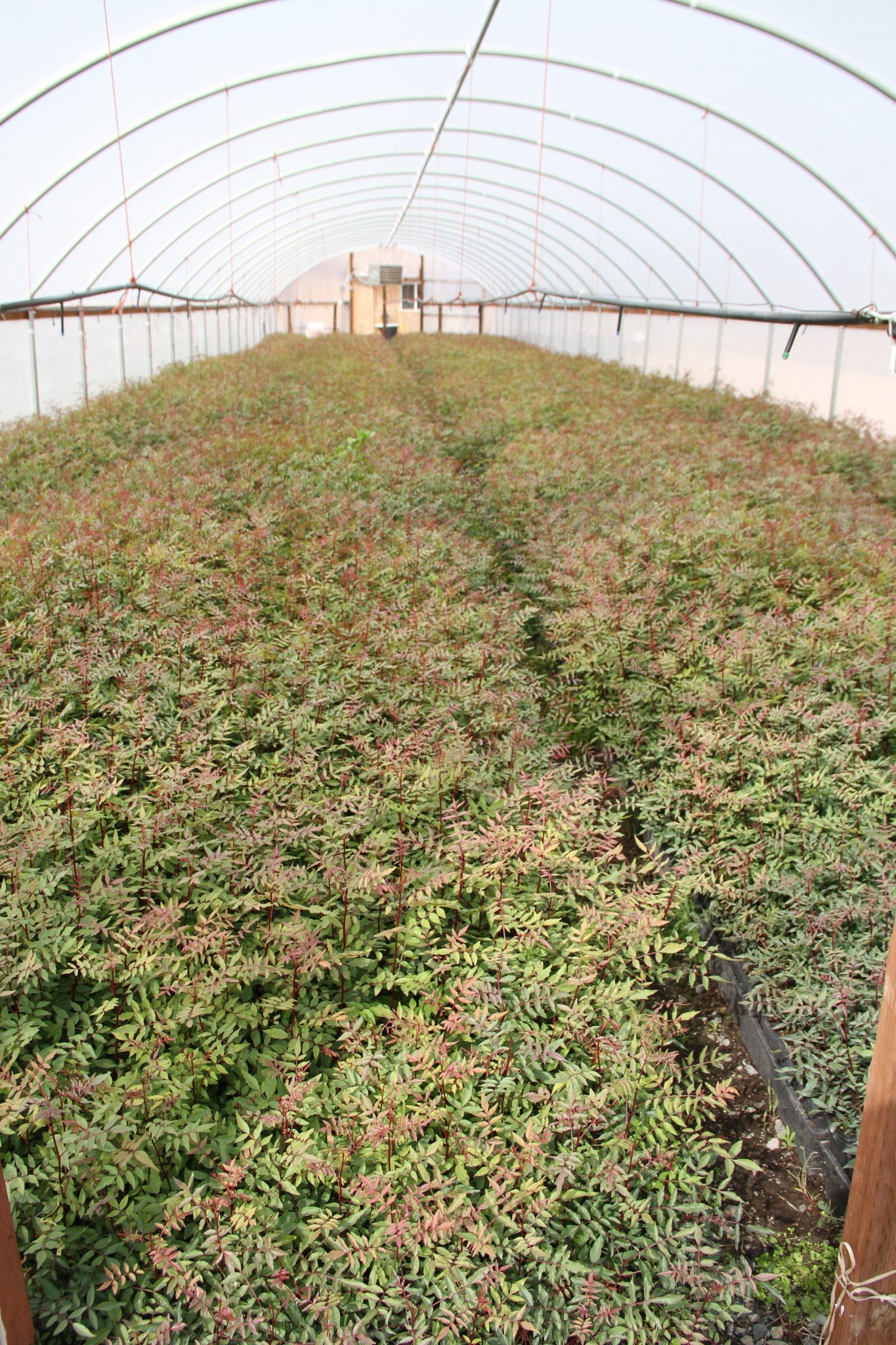
California Pistachio Research Board President Bob Klein provided an overview of pistachio production research at this year’s Pistachio Conference that could have significant impacts on yield, production costs and pest management in future years. Klein mentioned that the industry is funding research from rootstock through rough processing, from the ground to the shelf. As increased acreage in pistachio continues to go into the ground and growers look to new cultivars and rootstocks to solve some of California’s production limitations, the research Klein shared could play a role in improving production profitability and efficiency for that new acreage.
Among that new research is the development of new cultivars. One new variety called ‘Gumdrop’ is currently in development, which is even earlier than new cultivars recently released. In fact, Klein called it “almost too early” because processors aren’t yet set up for it. Another new numbered cultivar might be released soon that can tolerate very low chill hours in the desert.
Additional research looks to address internal kernel discoloration, which has become an emerging issue in Kerman pistachios. It is characterized by a blemish at the butt end of the kernel. Chilling hours and dormancy also continue to be focuses of research to growers and can make better determinations about adequate chill and rest breaking treatments.
At the conference, attendees also heard from a recent analysis conducted by American Pistachio Growers (APG) that the cost of navel orangeworm in 2021 was estimated at about $500 an acre for management through mating disruption, trapping and sanitation as well as bonus losses due to damage. APG’s analysis projects that costs will increase to $600 an acre by 2022 and swell to $900 by 2026 under the current trajectory. As such, growers are looking for solutions to NOW in pistachios.
One of those solutions could be sterile insect technology that involves releasing sterile mating insects to disrupt the generational cycle of NOW. Modeled after the successful pink bollworm program for cotton, the industry has leveraged more than $20 million in federal funding in the new technology and estimates it will require $21 million per year moving forward to expand the program.

Marni Katz
Marni Katz has lived and raised her family in the San Joaquin Valley for nearly 30 years. In that time, she has covered agriculture for a number of leading ag publications and organizations and gained a reputation for understanding and digesting complex information and presenting it to growers. She enjoys learning about new ways growers can farm more profitably and efficiently, and working with researchers and stakeholders to bring that information to the growing community. In her free time, Marni plays saxophone with jazz groups throughout the Valley and is an avid tennis nut.















